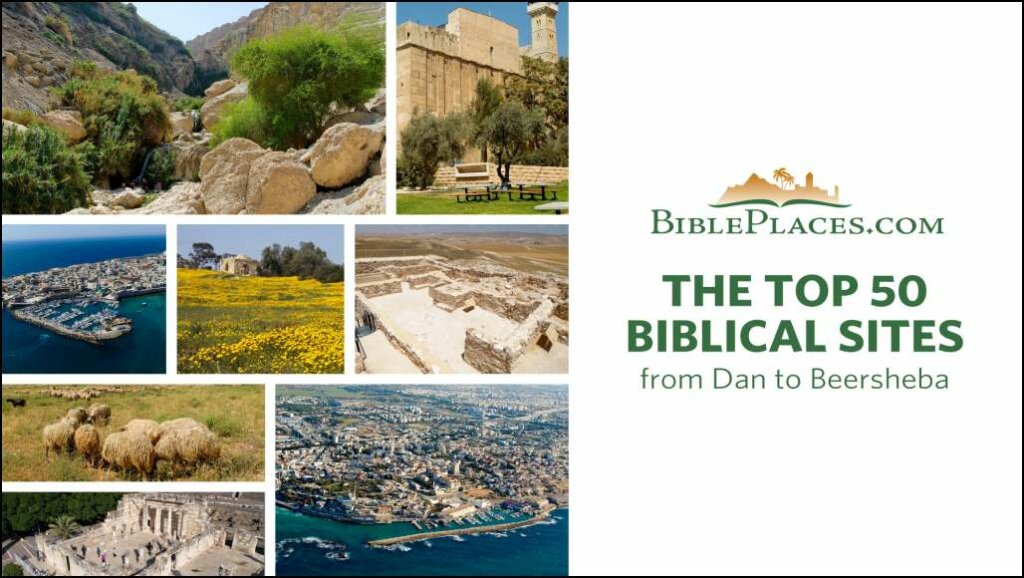[Due to some website issues, part 2 of the last Weekend Roundup was not sent out. You can read it here.]
A cave near ancient Shechem served refugees for at least eight different historical periods, from the Chalcolithic to the Mamluk periods.
El-Unuk, one of Adam Zertal’s six “Gilgal” sites, is under threat of destruction from construction work.
The Israeli government has approved an $8 million budget to restore and protect the ancient capital city of Samaria. The funding “will go toward establishing a tourism center at the site, building new access roads, mapping untouched areas, and increasing law enforcement to prevent illegal activity.”
Scott Stripling discusses the Mount Ebal Curse Tablet on the latest episode of Digging for Truth.
John DeLancey’s latest video was filmed in the 1st-century synagogue of Magdala.
What are the Lachish Letters and why are they of importance to the Bible? Nathan Steinmeyer explains.
JNS has a story on the Inscriptions of Israel/Palestine project being run by Brown University.
In connection with a new exhibit at the Corning Museum of Glass, Ruth Schuster investigates the history and method of Roman glassmaking in the land of Israel.
Hybrid lecture at the Albright Institute on May 11: “Before the Nabataeans: Arabian Traders in the Negev Highlands,” by Tali Erickson-Gini and Martin David Pasternak
Zoom lecture on May 11: “Jesus Reading Scripture: Exploring the Archaeology of Worship in First-Century Synagogues,” by Paul Flesher ($6/$12).
The online lecture with Ken Dark on “Exploring the Archaeology of Jesus’ Nazareth” has been rescheduled to Friday, 12 May 2023 at 11:00am-12:30 pm ET.
Preserving Bible Times has released Session 5 of The Bible: Its Land & Culture! This session explores Two Different Worlds: Jewish or Hebrew and Roman or Gentile; Peter vs Paul; Deciphering the Roman World; and Roman Exceptionalism. Individual sessions are available here, and all 5 sessions are now available for purchase as a set ($40).
Paleojudaica links to articles that explore connections of King Charles III’s coronation with the Bible and the ancient Near East.
HT: Ted Weis, Explorator
